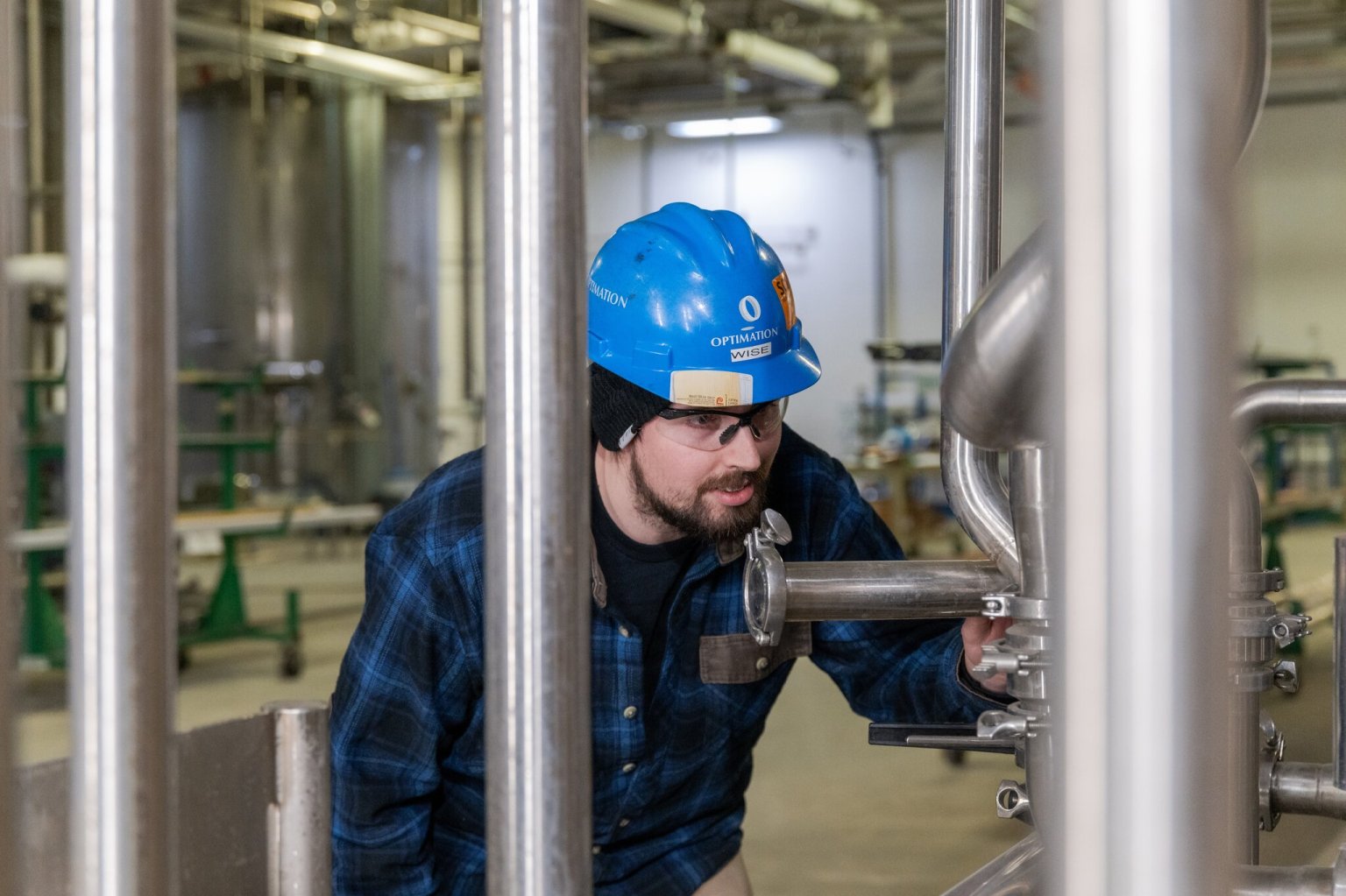When chemical manufacturers begin planning a process scale-up, they often bring with them a mindset rooted in optimization. What is the most efficient reaction time? The ideal flow rate? The perfect temperature? These are valuable questions in the lab, where experimentation is safe and manageable. However, as you move from bench-scale experiments to commercial production, the focus must shift.
At this stage, perfection is no longer the goal, reliability and consistency are. A process that runs perfectly once in a controlled environment means little if it cannot be repeated under real-world conditions. In process scale-up, success is defined not by optimization, but by developing a stable, tolerant, and repeatable process that can withstand the rigors of production.

In a laboratory setting, engineers have the luxury of precision. You can tweak temperatures, change flow rates, and analyze small batch results without major consequences. It’s an ideal environment for optimization.
But once the process scales, the reality changes. You’re dealing with larger volumes, higher flow rates, more complex equipment, and operational variables like ambient temperature, material inconsistencies, and control system limitations. Suddenly, small variations in lab-scale performance can create significant disruptions at production scale.
The mindset must evolve from asking “What’s the best?” to “What works: consistently, safely, and within reasonable operating limits?”
Pursuing the “perfect” process before it’s proven at scale can introduce a host of problems, and ironically, it often leads to worse performance. Here are common pitfalls teams encounter when they over-optimize:
Instead of narrowing in on a single “perfect” value, teams should define a process window, a practical range of operating conditions where the process runs reliably and safely.
Think of process scale-up like building a bridge, not walking a tightrope. A bridge is engineered to handle a range of real-world conditions, from changing loads and weather to the wear and tear of daily use. It’s designed with safety margins, flexibility, and resilience in mind. A tightrope, on the other hand, demands perfect balance and constant precision, one small misstep, and the whole thing fails.
In manufacturing, you want a process that behaves like a bridge: strong, repeatable, and tolerant of variation, not one that only performs under perfect, lab-controlled conditions.
Workability is about robustness. It’s about building a process that can handle the unexpected and still get you to the other side.
At Re:Build Optimation, we support scale-up efforts by helping manufacturers develop systems that are engineered for real-world success, not just theoretical precision. Our approach balances performance targets with practical implementation and long-term reliability.
When we work with clients on process scale-up, we focus on:
The result is a process that’s built to work, and built to last.
Scaling up a process isn’t about getting it perfect on the first try. It’s about getting it proven, repeatable, and safe. Once that foundation is in place, optimization can come later, informed by data, not assumptions.
Perfection is a goal for continuous improvement. But workability is the starting point for real-world success.
Fill out the form below and a Re:Build Optimation team member will reach out to you shortly.
Looking to connect with an experienced team?
Look no further than Re:Build Optimation! We are excited to connect with you.